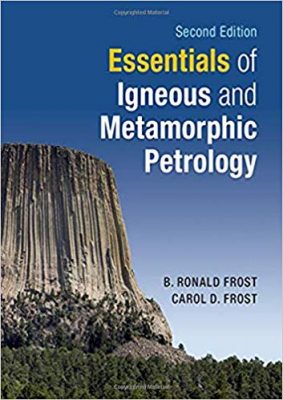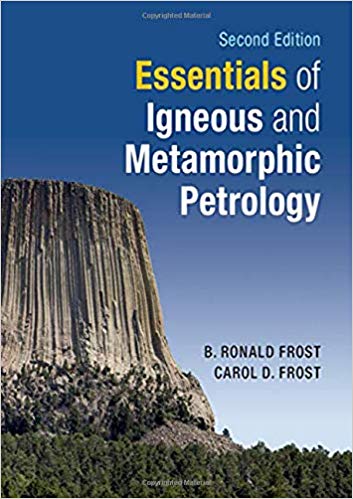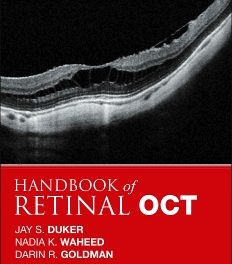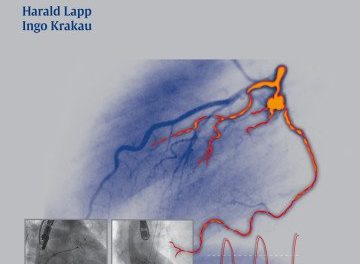 Authors: B. Ronald Frost and Carol D. Frost
Authors: B. Ronald Frost and Carol D. Frost
Publisher: Cambridge University Press – 349 pages
Book Review by: Sonu Chandiram
Petrology is the branch of geology that studies rocks and the conditions under which they form. Petrology has three subdivisions: igneous, metamorphic, and sedimentary petrology.
Igneous and metamorphic petrology are commonly taught together because they both contain heavy use of chemistry, chemical methods, and phase diagrams. Sedimentary petrology is, on the other hand, commonly taught together with stratigraphy because it deals with the processes that form sedimentary rock.
This book on igneous and metamorphic petrology outlines and discusses the origins, environments, and basic processes that produce igneous and metamorphic rocks. The two authors – B. Ronald Frost an Carol D. Frost (not related, but teach at the same institution: the University of Wyoming) write that this book has been developed for undergraduate students taking one-semester courses, and it provides the key information they need to know to understand these processes
What’s contained in this book? We list the chapters below to provide you a snapshot:
- Introduction to Igneous Petrology
- An Introduction to Igneous Phase Diagrams
- Introduction to Silicate Melts and Magmas
- Chemistry of Igneous Rocks
- Application of Stable and Radiogenic Isotopes in Petrology
- Basalts and Mantle Structure
- Oceanic Magmatism
- Convergent-Margin Magmatism
- Intracontinental Volcanism
- Intracontinental Plutonism
- Interpretation of Granite Rocks
- Introduction to Metamorphic Petrology
- Interpretation of Metamorphic Phase Diagrams
- Metamorphic Facies and the Metamorphism of Mafic Rocks
- Metamophism of Peridotitic Rocks
- Metamorphism of Pelitic Rocks
- Metamorphism of Calcareous Rocks and the Role of Fluids in Metamorphism
- Thermo-barometry and the Conditions of Metamorphism
- Regional Occurrence and Tectonic Significance of Metamorphosed Rocks
Appendix: Review of Mineralogy
Glossary
References
There are 300+ images – illustrations and photos – in this book, to make learning easier and quicker (you’ve heard the saying: “a picture is worth a thousand words”). The authors write that this book is accessible to all entry-level geology students who may have taken just a few earth science courses beyond physical geology and mineralogy. Conveying essential information about petrology that is needed by all geoscientists no matter what they eventually specialize in, be it geochemistry, geohydrology, geophysics, or even the new and rapidly-emerging specialty of economic geology.
According to a Wikipedia article, economic geology is concerned with earth materials that can be used for economic and / or industrial purposes. These materials include precious and base metals, nonmetallic minerals, construction-grade stone, and even petroleum, natural gas, coal, and water.
Economic geology is a sub-discipline of the geosciences. It is the application of geology for economic benefit. It may be called the scientific study of the earth’s sources of mineral raw materials and practical application of acquired knowledge for collection of valuable assets that build prosperity and wealth.
This is an authoritative and extensive book on igneous and metamorphic petrology written by two award-winning and learned experts and teachers in this field. It is very useful and well-written, and packed with a large amount of visual information that makes learning easier.
Authors
Ronald Frost is an emeritus professor of geology at the University of Wyoming, where he performs wide-ranging research on igneous and metamorphic petrology as well as ore deposits. He has authored more than 120 scientific papers on topics ranging from serpentinization and the metamorphism of serpentinites, ocean-floor metamorphism, granulites, thermo-baromtry, the geochemistry of granites, and melting of sulfide ore deposits. He has conducted extensive field research in the Broken Hill area of Australia, northern Canada, Siberia, and the Precambrian basement of Wyoming.
He received the Alexander von Humboldt Research Award from the German government. He has been an associate editor for the Journal of Metamorphic Geology, Geochimica et Cosmochimica Acta, and the Journal of Petrology. He is a member of the American Geophysical Union, the Society of Economic Geologists and the Geochemical Society, and a fellow of the Mineralogical Society of America. He taught mineralogy, optical mineralogy, ore deposits and petrology for more than 35 years.
Carol D. Frost is a professor in the Department of Geology and Geophysics at the University of Wyoming. She investigates the origin and evolution continental crust, the provenance of classic sedimentary rocks, and granite petrogenesis, and she applies isotope geology and geochemistry to environmental issues, including water coproduced with hydrocarbons and geologic sequestration of carbon dioxide. She is the author of more than 130 scientific papers. She is President and Fellow of the Mineralogical Society of America, and Fellow of the Geochemical Society and the Geological Society of America.
She has served as science editor of the Geological Society of America’s journal Geosphere. She was awarded the CASE Wyoming Professor of the Year Award in 2001. In 2008, she received the university’s highest faculty award, the George Duke Humphrey medal, recognizing teaching effectiveness, distinction in scholarly work, and distinguished service to UW and the state. She has served in the administration of the University of Wyoming as director of the School of Energy Resources, associate vice president for research and economic development, associate provost, and vice president for special projects. From 2014 to 2018 she was director of the Division of Earth Sciences at National Science Foundation.







